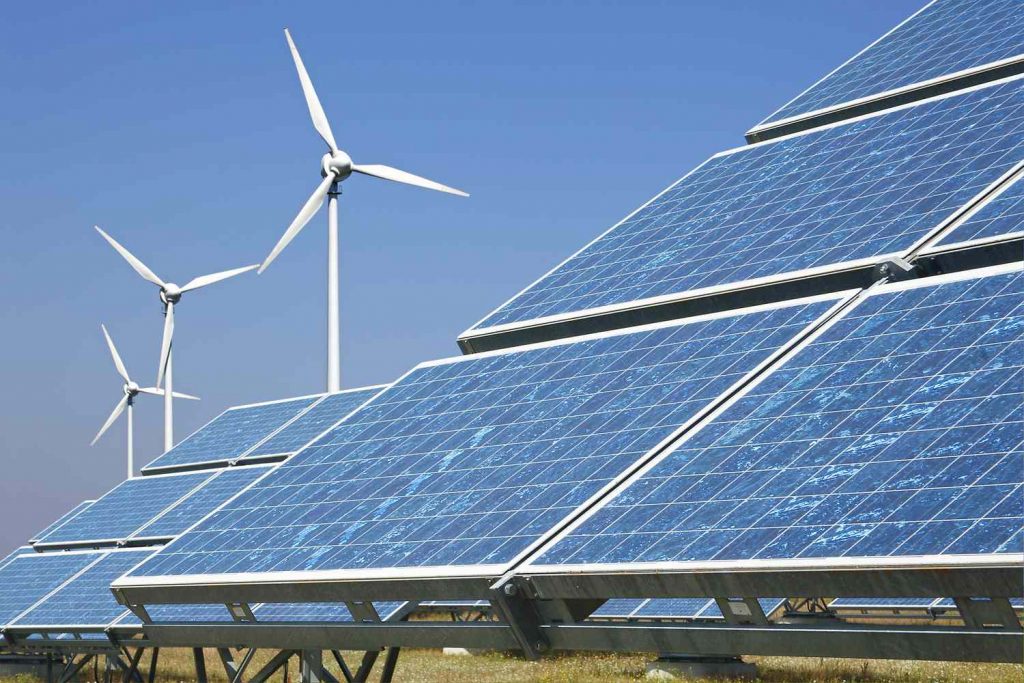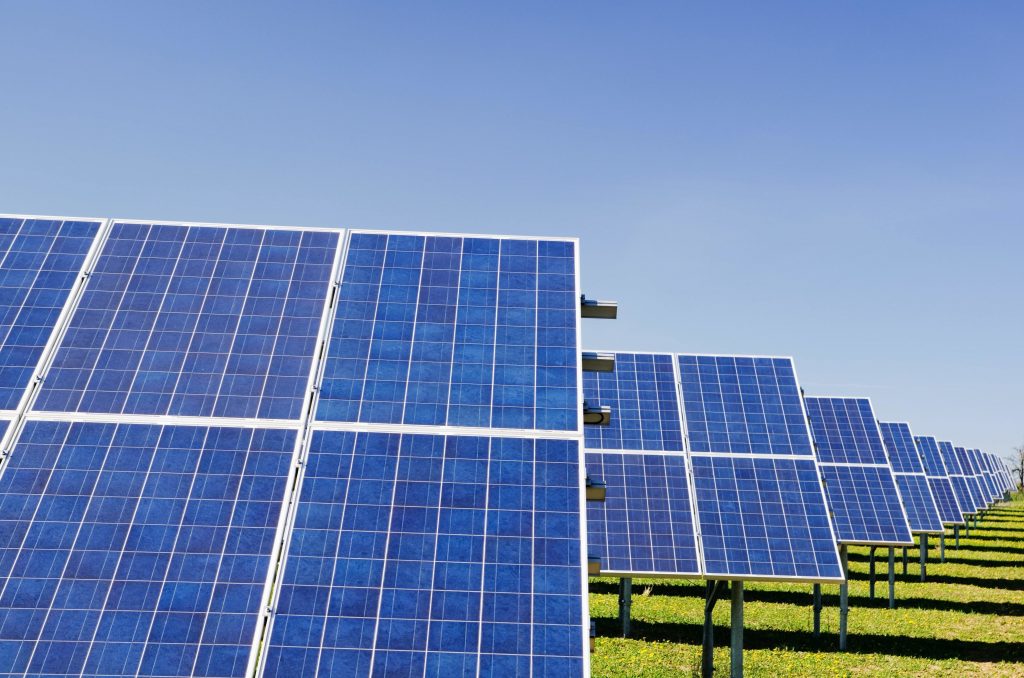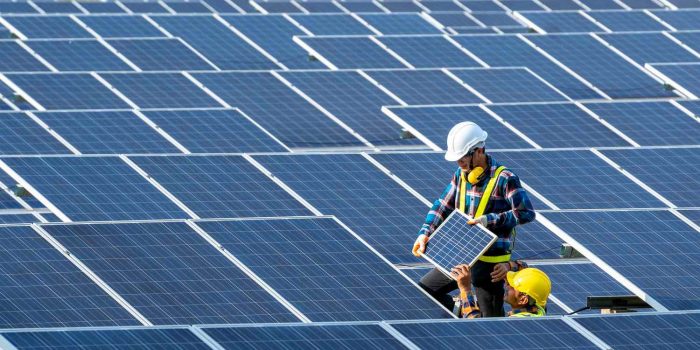Wind and solar energy have reached a new milestone, generating a record 12% of global electricity, according to a report by independent energy think tank Ember. The report, which takes data from 78 countries accounting for 93% of global electricity demand, also revealed that renewable energy sources, including nuclear power, made up 39% of global electricity in the previous year.
The report predicts a phasedown of gas power and a reduction of coal-fired power, with fossil fuel generation expected to decline by 0.3% this year. Solar power saw a rise of 24% and wind power increased by 17% from 2021, indicating the growing momentum of renewable energy adoption worldwide. Solar and wind energy now account for over 10% of electricity generation in more than 60 countries.

In the European Union (EU), 22% of electricity is generated from wind and solar power. However, EU countries seem to be lagging behind in wind energy expansion, with only 9% growth from wind power, below the global average. Ember’s Europe program lead, Sarah Brown, cautions that the EU cannot afford to be complacent as the world accelerates its renewable energy transition.
The report also highlights the impact of geopolitical events on energy sources. Russia’s invasion of Ukraine in February last year caused concerns among EU member states about declining fossil fuel imports. In response, the European Commission has put forward a plan to increase renewable energy to 45%, a 5% increase compared to the previous year. Despite global gas crisis, the analysis found that gas-fired power declined by 0.2% last year due to high prices making it less affordable.
Germany, which has been considered a world leader in the deployment of onshore wind power, has recently restarted coal-powered plants and increased liquefied natural gas shipments from abroad due to Russia’s cut in gas imports. However, the country has installed only a third of the capacity for wind power it added annually in the four years prior, facing challenges such as limited available land for construction, slow licensing procedures, and investor uncertainty.

Ember’s Sarah Brown emphasizes the need to remove barriers hindering the rapid deployment of onshore wind power to achieve the EU’s targets by 2030. This includes addressing issues such as land availability, regulatory processes, and investor confidence.
In conclusion, the report by Ember highlights the positive progress of wind and solar energy, reaching a record 12% of global electricity generation. However, challenges remain, including the need to phase down fossil fuel generation, accelerate renewable energy adoption in EU countries, and overcome barriers to onshore wind power deployment. Urgent action is required to continue the momentum towards a cleaner and more sustainable energy future.


